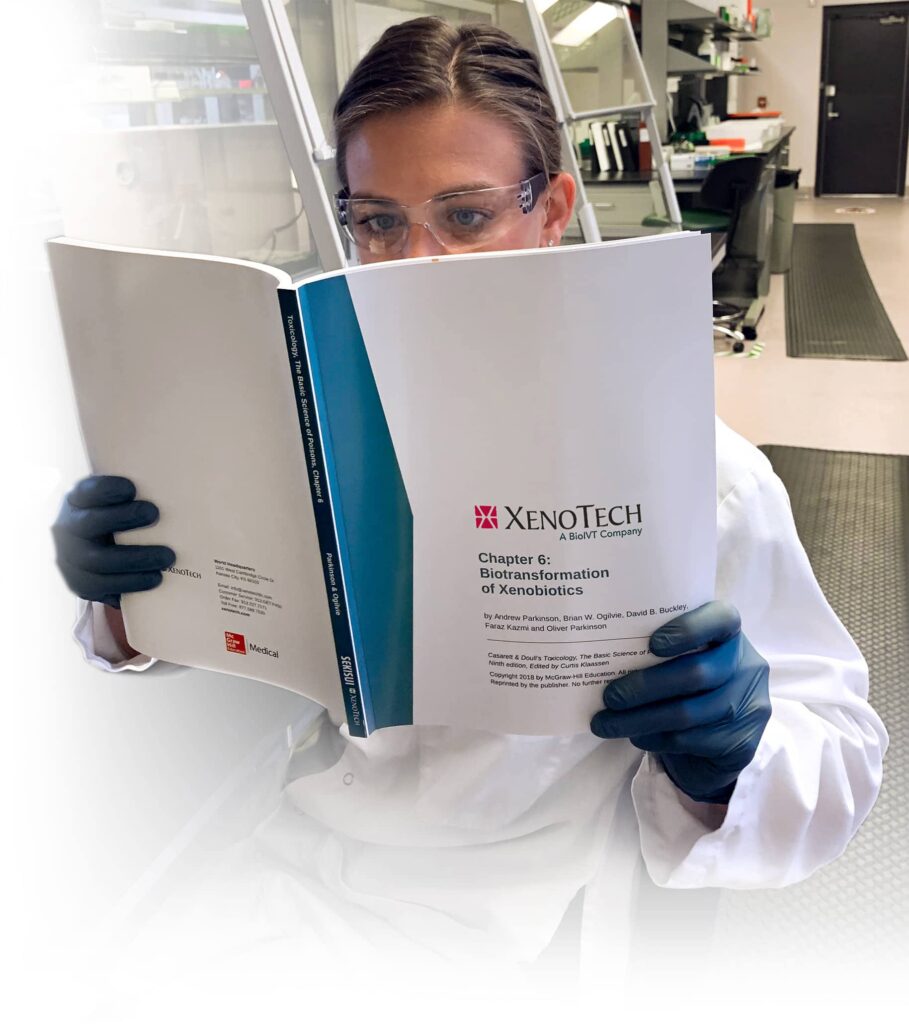
Comparison of Ki and IC50 Values for Prototypical Inhibitors of the Major Drug Uptake Transporters
Full Title
Comparison of Ki and IC50 Values for Prototypical Inhibitors of the Major Drug Uptake Transporters
Abstract
We previously reported on the similarities and differences in Ki and IC50 values for various inhibitors of hepatic uptake transporters OATP1B1 and OATP1B3 when in vitro experiments were conducted with either clinically-relevant or prototypical (non-drug) substrates (Tibbets et al., 2013).
In the current study, we further characterized Ki and IC50 values for various inhibitors of, not only OATP1B1 and OATP1B3, but also OAT1, OAT3, OCT1 and OCT2 with in vitro experiments in stably transfected HEK293 cell lines. Predicted Ki values were also mathematically derived from the experimentally determined IC50 values with the Cheng-Prusoff equation that incorporates the marker substrate concentration in relation to its Km value (Cheng et al., 1973). Prior to inhibition experiments, Km values were experimentally determined with each probe substrate: pravastatin (OATP1B1 and OATP1B3), estradiol glucuronide (OATP1B1 and OATP1B3), p-aminohippuric acid (OAT1), estrone sulfate (OAT3), tetraethylammonium bromide (OCT1) and metformin (OCT2). IC50 and Ki were experimentally determined for the prototypical inhibitors rifampin (OATP1B1 and OATP1B3), probenecid (OAT1 and OAT3) and quinidine (OCT1 and OCT2). IC50 experiments were conducted with probe substrate concentrations at or below the experimentally determined Km values. Ki experiments were conducted with a range of probe substrate concentrations (typically one-third to 3-fold Km). Experiments with OATP1B1, OATP1B3, OAT1 and OCT2 yielded IC50 and Ki values within two-fold. However, experiments with OAT3 and OCT1 yielded IC50 and Ki values that differed by more than two-fold. In the case of OAT3, Ki values were approximately 10-fold above the IC50 value. In the case of OCT1 the converse was true; the IC50 value was five-fold higher than the Ki value. OATP1B1 and OATP1B3 were also evaluated with the clinically-relevant probe substrate pravastatin. Experiments with OATP1B1 resulted in Ki and IC50 values for pravastatin with less than a two-fold difference. However, the Ki and IC50 values for estradiol glucuronide were four- to five-fold higher than the Ki and IC50 values determined with pravastatin demonstrating substrate-dependent inhibition.